shrub for butterflies, not buddelia
klew
14 years ago
Related Stories

GARDENING GUIDES8 Native Shrubs for Year-Round Bird Feeding
It’s not just about berries. These plants provide insects for birds and seasonal interest for gardeners
Full Story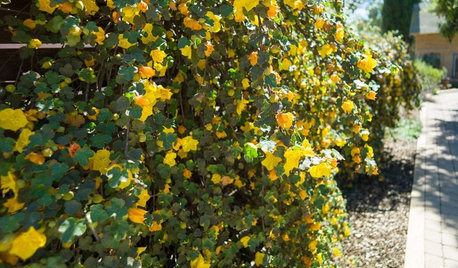
GARDENING GUIDESTidy Up Sprawling Native Shrubs With These Pruning Tips
Sound horticultural pruning methods work for native and nonnative plants alike
Full Story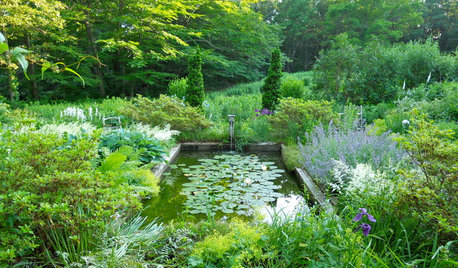
PLANTING IDEAS5 Reasons to Bring Shrubs Into the Flower Garden
Mix up the garden experience and let the flowers and shrubs play together
Full Story
FALL GARDENING9 Deer-Resistant Flowering Shrubs to Plant This Fall
These exquisite shrubs will attract your attention but won’t tempt the deer that roam your neighborhood at night
Full Story
GARDENING GUIDESHow to Prune Your Flowering Shrubs for the Best Blooms
Less is often more when it comes to properly pruning flowering shrubs. Here’s what to do and why
Full Story
GARDENING GUIDES10 Drought-Tolerant Shrubs That Thrive in Full Sun and Reflected Heat
Got a hot spot in your garden where plants often die? Try these tough shrubs that add beauty while shrugging off the heat
Full Story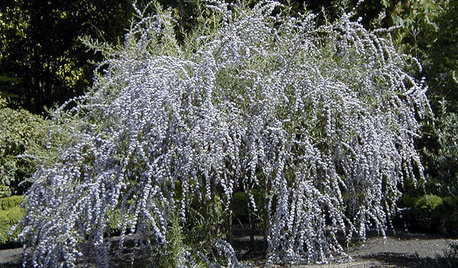
GARDENING AND LANDSCAPINGVase Shapes Set Shrubs Apart
Billowing on top and slender on the bottom, shrubs in a vase shape showcase blooms and foliage to perfection in the landscape
Full Story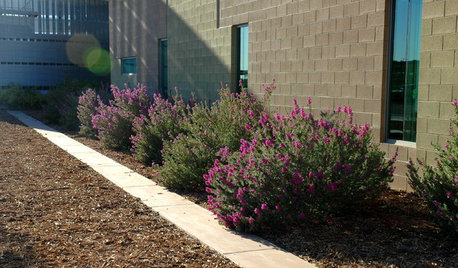
GARDENING GUIDESHow to Avoid Overcrowded, Overpruned Shrubs
Go for a more natural look that’s easier and less expensive to maintain by giving your plants the right amount of growing room
Full Story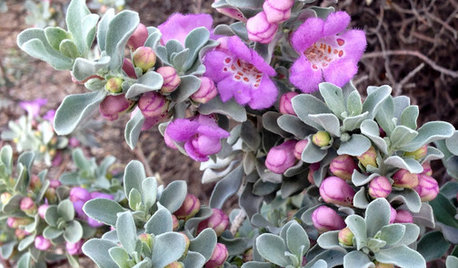
GARDENING GUIDES10 Essential Native Shrubs for Southwestern Gardens
Look no further than these Southwestern beauties for a colorful, low-maintenance landscape
Full Story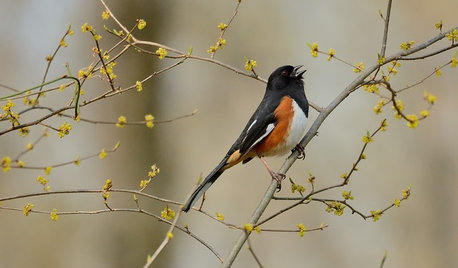
GARDENING GUIDES10 Standout Native Shrubs and Small Palms for Southern Gardens
These hardworking plants serve a variety of purposes, such as screening views and attracting native wildlife
Full Story








Embothrium
JAYK
Related Professionals
Tempe Landscape Architects & Landscape Designers · Manhattan Beach Landscape Architects & Landscape Designers · Wixom Landscape Architects & Landscape Designers · Forest City Landscape Architects & Landscape Designers · Broadlands Landscape Contractors · Canton Landscape Contractors · Long Beach Landscape Contractors · Middleton Landscape Contractors · San Antonio Landscape Contractors · Tacoma Landscape Contractors · Thornton Landscape Contractors · Wayland Landscape Contractors · Suisun City Landscape Contractors · Englewood Fence Contractors · Memphis Fence Contractorsjohnaberdeen
Embothrium
johnaberdeen
muddydogs
JAYK
Embothrium
johnaberdeen
Embothrium
hemnancy
johnaberdeen
hemnancy
Embothrium
hemnancy
Embothrium
johnaberdeen
Embothrium
gardengal48 (PNW Z8/9)
hemnancy
johnaberdeen
gardengal48 (PNW Z8/9)
muddydogs
Embothrium
larry_gene
hemnancy
johnaberdeen
George Three LLC
Embothrium
gardengal48 (PNW Z8/9)
Embothrium
hemnancy
beluga01
klewOriginal Author
johnaberdeen
Embothrium
Embothrium
larry_gene
hemnancy
brody
Embothrium
larry_gene
plantknitter
JAYK
ian_wa
hemnancy
Embothrium
hemnancy
Embothrium
hemnancy